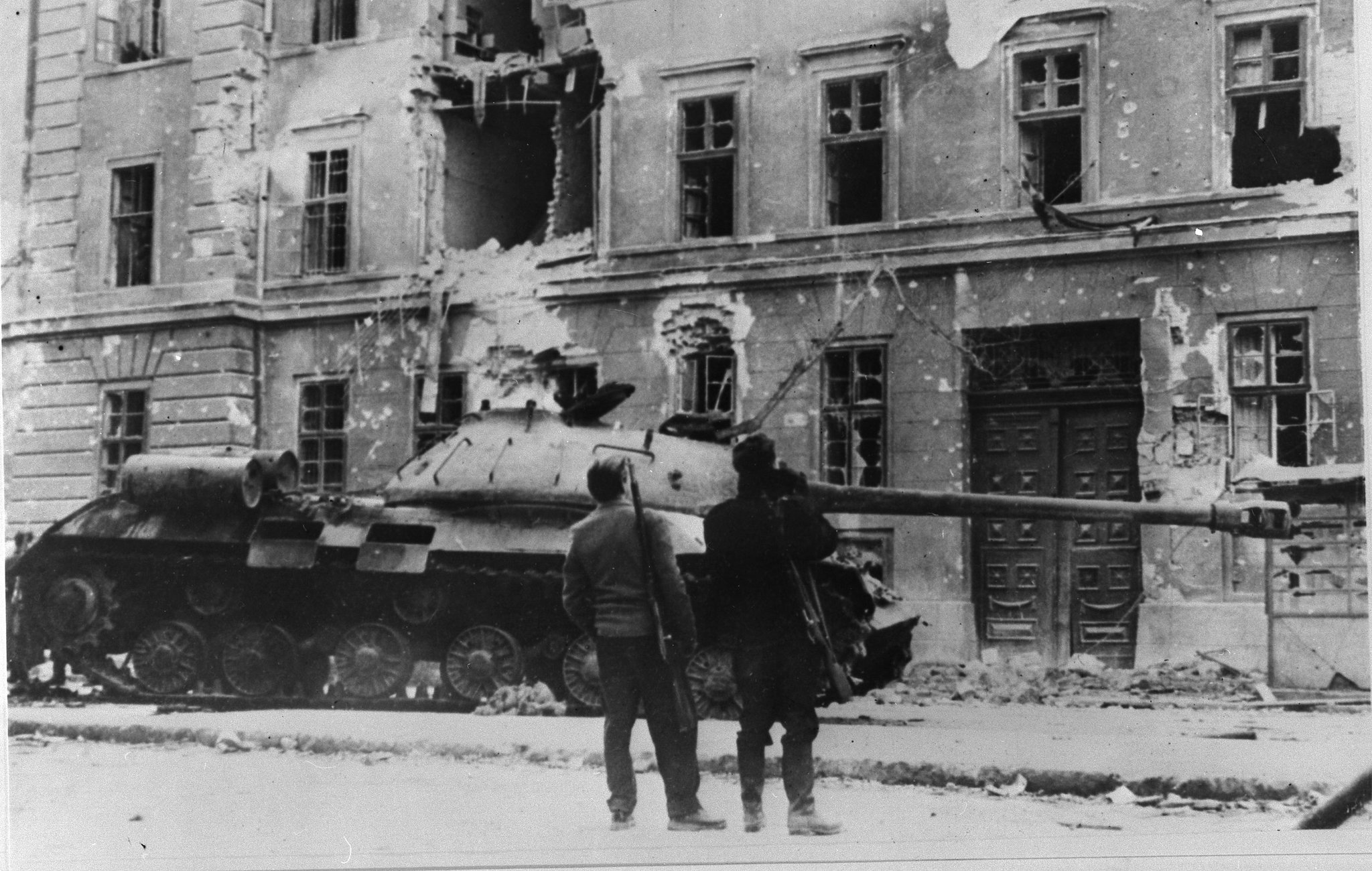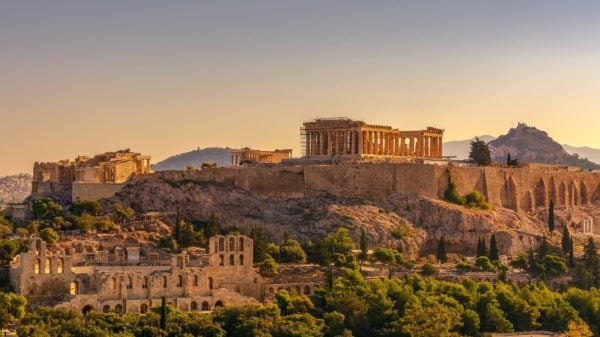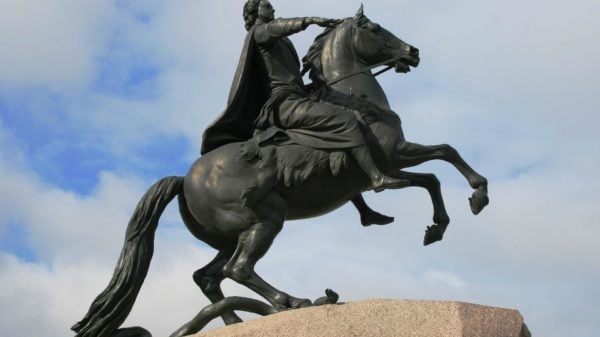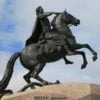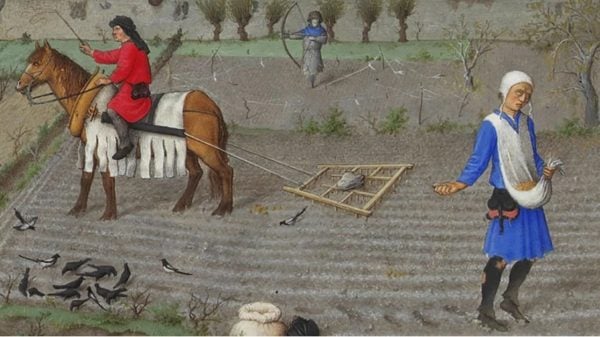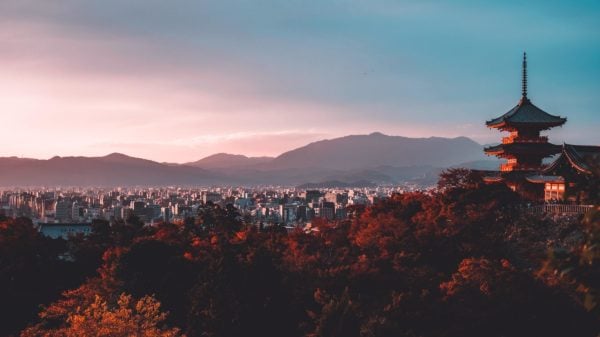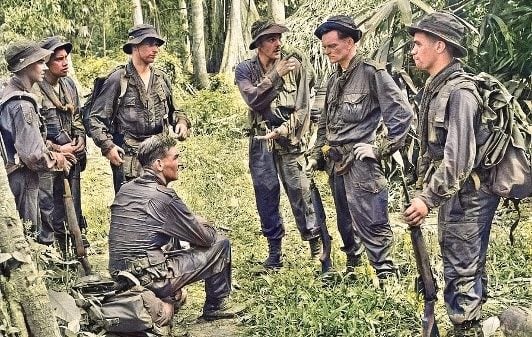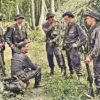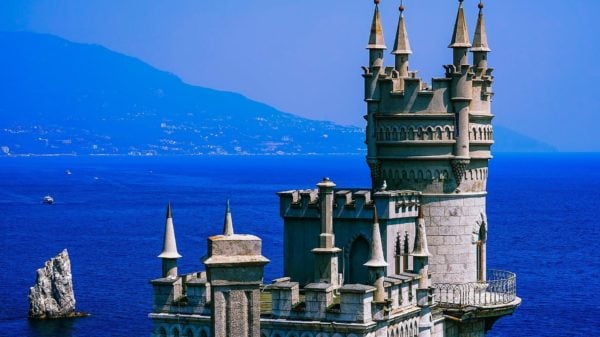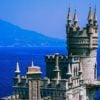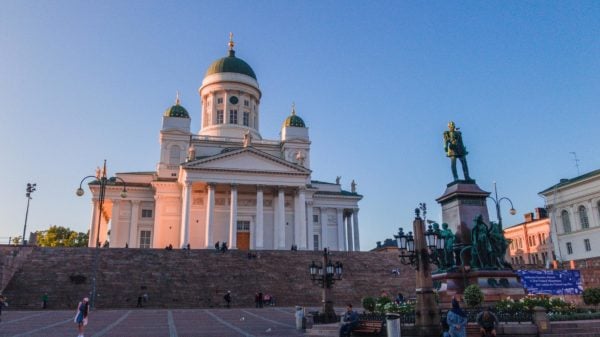After Enola Gay, the B-28 US Bomber dropped the first atomic bomb on Hiroshima on August 6, 1945; the world was at a standstill. The immense devastation that the first-ever use of a nuclear bomb brought to the thriving city of Hiroshima sent shivers down the spine of many world leaders. It was not clear whether the decision to drop the second bomb three days later on another Japanese city of Nagasaki was necessary, but it did cause the unconditional surrender of Japan’s Imperial Army, which marked the end of the Second World War.
Cold War Era
The wars may have ended. Both Germany and Japan have surrendered. However, fear still lingers as the thought of another nuclear weapon being used brought about paranoia, especially to two of the world’s superpowers back then. The USA and the USSR were always against each other in terms of their ideology and stood for different economic and political issues. These two countries were so paranoid and suspicious that both began amassing weapons of mass destruction, focusing on nuclear weapons to be launched at any time in case intelligence reports confirm that one country is getting ready to strike. This paranoia between the USA and USSR led to the Cold War, which lasted for 45 years.
The Production Phase
During the Cold War, the two superpowers believed that the country with the greatest number of nuclear weapons would be the one that can dictate the world to meet its demands. Because of this, both USSR and the USA started their production of weapons of mass destruction. Other countries are believed to have produced their arsenals.
The Mysterious White Trains
During this production phase, the US needed to have a way to transport their nuclear weapons into strategic locations across the country without arousing suspicion from spies or the public. The US decided back then to its extensive rail network to transfer the weapons onboard white trains. The white trains have the following directives:
1. To transfer weapon parts to other plants for assembly.
2. To transfer active weapons to silos that will serve as launch sites.
3. To protect the weapon cargo at all cost and without incident.
The white trains were disguised as trains used by the Department of Energy (DOE) and looked ordinary except for the heavily armored cars with turrets protruding above the train cars.
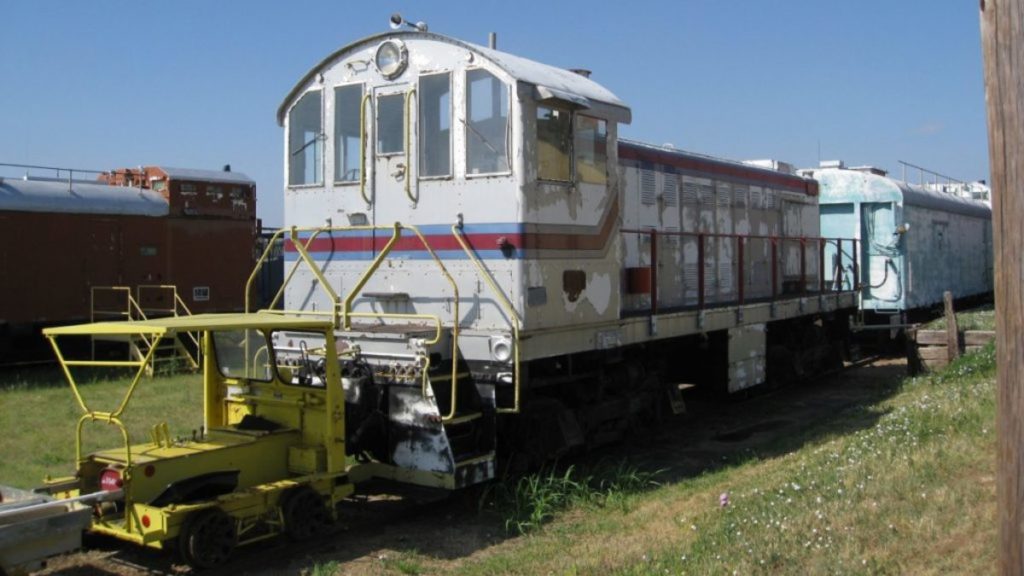
These box cars were once used to transport nuclear warheads
Why White?
There are several speculations why the trains used to transfer nuclear armaments during the Cold War were painted white. One speculation is that the white color was useful in masking the nuclear warheads’ heat signature to not be detected by heat-sensing Russian satellites. Another speculation is that the trains were painted white to appear inconspicuous and far from being associated with the military green paint. Others claim that the trains were painted white for practicality in such that the US army can easily paint over the vandalism with another layer of white paint.
The white paint did not prevent the trains from being inconspicuous since they were noticed by nearby homeowners who rallied for them to stop the transport of nuclear weapons. The US Congress gave way to the demands and decreed a law to discontinue using the trains as weapons transport. However, it is believed that the US is still transporting nuclear weapons using alternate means of transportation.


